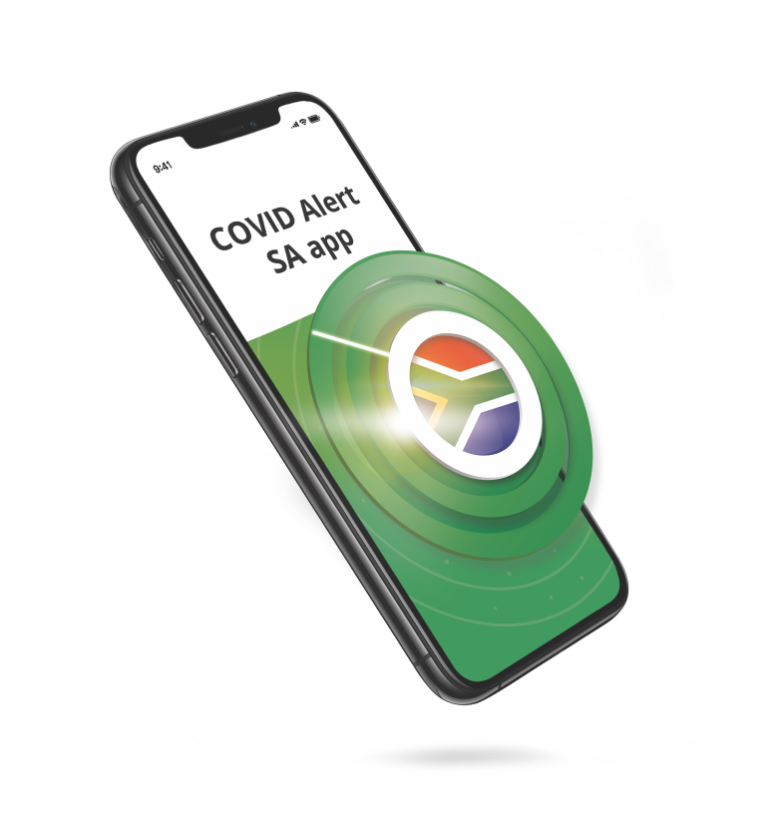We answer your questions about shopping for, and handling food during the COVID-19 pandemic

Vitality dietitian Terry Harris answers your most commonly asked questions about food handling in COVID 19
1. Can I get COVID 19 from food?
There is currently no evidence that people can catch COVID 19 from food or food packaging. COVID 19 is a respiratory illness and the transmission route is through person to person contact and through direct contact with respiratory droplets generated when an infected person coughs or sneezes.
2. Can the virus live on the surface of foods (including fruits and vegetables, frozen foods, pre packaged foods)?
Currently, the risk of COVID 19 infection from food products, food packaging, or bags is thought to be low. It is not necessary to disinfect food packaging materials. Coronaviruses cannot multiply in food - they need a live animal or human host to multiply and survive.
There is some evidence that the virus can survive on surfaces from four to 24 hours, and from two to three days on plastic and stainless steel. Always wash your hands properly after handling packaging. If you want to disinfect packaging, do not use disinfectants designed for hard surfaces, such as bleach or ammonia, on food packaged in cardboard or plastic wrap.
3. Do I need to sanitise fruits and vegetables?
Washing fruit and vegetables with water is sufficient. Always follow safe cooking protocols:
- Wash your hands, surfaces and equipment
- Separate raw and cooked food
- Cook food thoroughly
- Keep food at safe temperatures, that is below 5°C for raw food and above 60°C for hot foods
- Use clean water and raw foods which have been stored correctly, as above.
4. Should I cook differently?
Coronaviruses are not more resistant to heat than the usual viruses and bacteria found in food. As recommended for good hygiene practice, foods should be thoroughly cooked to at least 60°C.
4. What precautions should I take in grocery stores?
- Try to avoid exposure to others by ordering online.
- If you do go to the store in person, go during hours when fewer people will be there.
- Always wear a mask.
- If you use your own reusable shopping bags, ensure they are cleaned before each use.
- Maintain a safe physical distance from all other shoppers and staff while queuing, before entering the store and while shopping.
- Hands should be sanitised before entering the store. If a trolley or basket is used while shopping, sanitise the handle before use.
- Practise good coughing and sneezing etiquette while in the store. Avoid touching your mouth, nose or eyes during shopping.
- Use contactless payment rather than cash where possible.
5. How should I disinfectant surfaces used for cooking and eating?
Regular household cleaning and disinfection products will effectively eliminate the virus from household surfaces.
For cleaning and disinfecting households with suspected or confirmed COVID 19 illnesses use a product with at least 70% ethanol (alcohol) on surfaces but avoid ingesting it in any way.
7. How do I reduce my risk when accepting deliveries or ordering takeout?
- It is advisable to use delivery services when possible (only visit stores in person for click and collect or when you absolutely need to).
- If possible, pay online when you order to avoid cash and contact payments.
- Accept deliveries without in person contact whenever possible. Ask for deliveries to be left in a safe spot outside your house, with no person to person interaction. Otherwise, maintain a physical distance from the delivery person and wear a mask.
- After receiving your delivery or bringing home your takeout food, wash your hands with soap and water for 20 seconds. If soap and water are not available, use a hand sanitiser with at least 60% alcohol.
Centers for Disease Control and Prevention (CDC). 2020. Running Essential Errands. https://www.cdc.gov/coronavirus/2019-ncov/daily-life-coping/essential-goods-services.html
The New England Journal of Medicine. Aerosol and Surface Stability of SARS-CoV-2 as Compared with SARS-CoV-1. https://www.nejm.org/doi/10.1056/NEJMc2004973?url_ver=Z39.88-2003&rfr_id=ori:rid:crossref.org&rfr_dat=cr_pub%20%200pubmed


